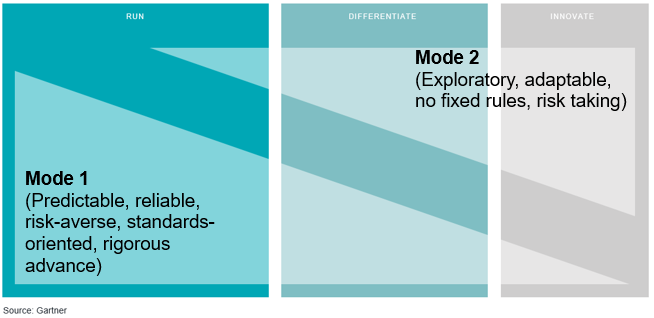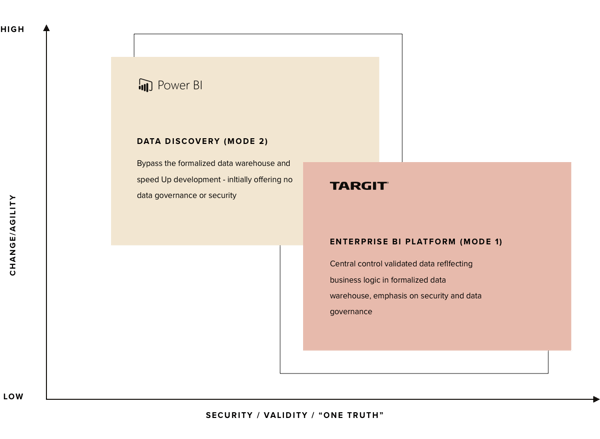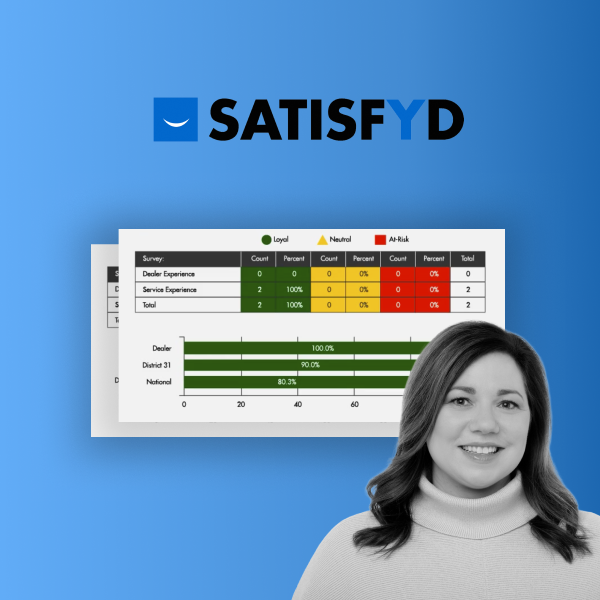The BI world is just like the rest of the world – getting more and more complex day by day.
It’s easy to feel overwhelmed with information when you need to decide on which tool(s) to use for implementing BI, especially since it’s often loaded with buzzwords.
All of it (including buzzwords) seems equally important, and all the vendors have a checklist to show you their tool has everything you need.
So what should your criteria for selecting BI tool(s) be?
I think one way of looking at the problem is to understand what a BI implementation can do for you. The ideal implementation contains 2 steps that will both bring value to your organization:
- Step 1 – Supply everyone in the organization with valid numbers to support their decision making. These numbers need to be quality checked and apply to business rules. This step will establish trust and make sure everyone is on the same page.
Note: This first part of the implementation should be based on shared, global data sources. It should be governed for security and efficiency reasons. Done right, with a tool that supports the necessary features, it will help facilitate a culture of data-driven decisions throughout the organization. - Step 2 – With this base established, you can allow more experimental behavior among a subset of the users. They should be allowed to bring in data sources to test a hypothesis or expedite prototyping before consolidating data in the shared data warehouse.
Note: Step 2 will be less secure but faster than step 1. You will be able to bring in data faster without compromising trust, because you’ve established a valid data warehouse in step 1.
With both steps successfully implemented you now have a secured and efficient base, along with the ability to react quickly to changes and understand how they impact your business.
In buzzword terms, this is a bimodal approach and your tool(s) should support both of these steps in the best possible way.
What is bimodal?
According to Gartner, bimodal is a concept that not only applies to the world of BI but to managing work in general. Translated to the BI world, bimodal consists of two modes of working:
Mode 1
Create a standardized, validated, trustworthy base of data that will establish a solid foundation on your journey to become data-driven. In BI implementations, this foundation will typically consist of shared, validated data sources also known as a data warehouse.
Mode 2
Conduct experimental, exploratory analysis, not restricted or slowed down by having to apply to business rules or get the numbers 100% accurate in the first draft. In BI terms, this mode would typically utilize ad hoc data sources quickly being replaced or promoted to the data warehouse.
Gartner illustrates the idea like this:

Enterprise BI and Data Discovery
The two modes translate in the BI world like this:
- Enterprise BI = Mode 1
- Data Discovery = Mode 2
Gartner’s diagram illustrates these two positions in the market, using TARGIT and Power BI as samples of BI tools where the original ideas built into the tool were based on, respectively, Mode 1 and Mode 2.
The arrows in the illustration below indicate that both types of tools are eager to expand beyond their natural habitat and cover both modes in a bimodal implementation of BI.

Mode 1 before Mode 2
Foundation (Mode 1) comes first. Once you’ve established a trusted base of data (data warehouse), you can easily let the business do self-service reporting based on this. Which, by the way, is what TARGIT customers typically do all the time.
What you don’t want at this point is for someone to create their own datasets. Imagine, for example, a dataset of financial data that competes with the figures considered to be the truth throughout the company.
At some point, you introduce Mode 2 (or maybe you introduce it in certain limited areas parallel to using Mode 1 globally in the organization).
Now you can expand the self-service term to also embrace ad hoc data sources quickly brought in for experimenting, prototyping or testing a certain hypothesis.
One really great thing about this approach is that when the experimenting Is fruitful and brings new insight, you now have a place to store that new learning – the data warehouse.
It’s important to note that in a successful implementation, Mode 2 will actually enrich Mode 1. If your BI project starts with data discovery (Mode 2), it will at some point stall. There will be too many decentralized, conflicting data sources without any access control, and it will become unmanageable.
This is widely recognized and was most recently addressed by Microsoft, which sees Power BI Premium as the way to bridge the gap.
Total cost of ownership
Keep in mind that a Power BI journey – maybe initially chosen based on low license cost – will create a price tag of $5,000/month per capacity when your BI project starts to succeed.
This only adds to the reasons you need to start with a Mode 1 tool that will scale cost-effectively and not introduce a “hockey stick” just when your journey is getting started.
Total Cost of Ownership (TCO) needs to be evaluated not just now but also down the line.
The right tool for the job
TARGIT will, of course, recommend that you use our tool to implement Mode 1 as well as Mode 2. But it is fair to say that in the data discovery world, there are multiple tools.
A lot of BI implementations these days are based on more than one tool – maybe one tool to support Mode 1 (e.g., TARGIT) and one or more tool(s) dedicated to Mode 2 (e.g., Power BI).
Traveling in the right direction
To sum it up, start your BI journey with a Mode 1 type tool and avoid pitfalls such as:
- Confusion about the right numbers and their origin
- Lack of access control and problems getting the right numbers to the right audience
- Lack of transparency into TCO should your BI project scale out of a Mode 2 tool as described above
That’s a bimodal journey in the right direction on the path to success.




